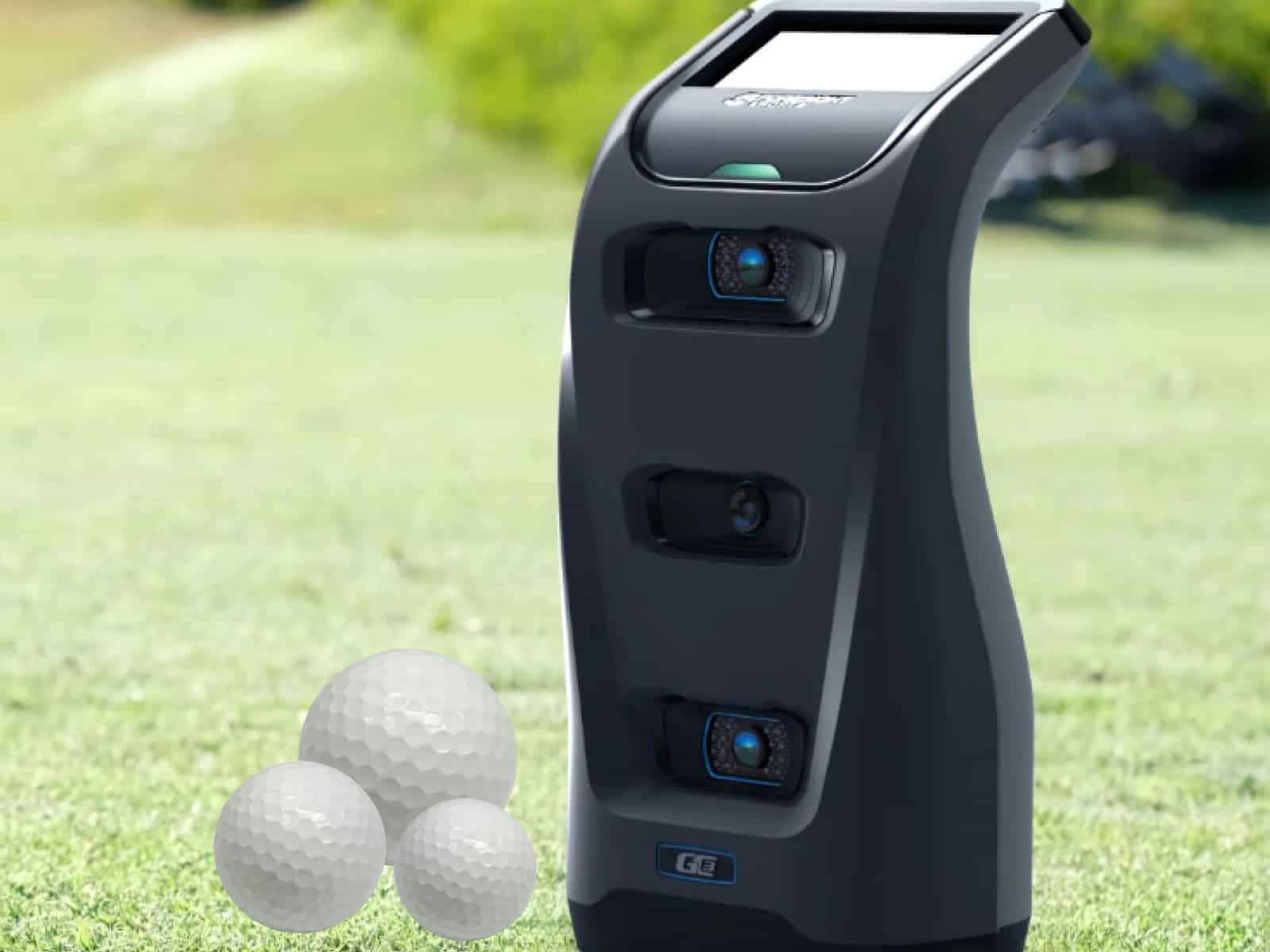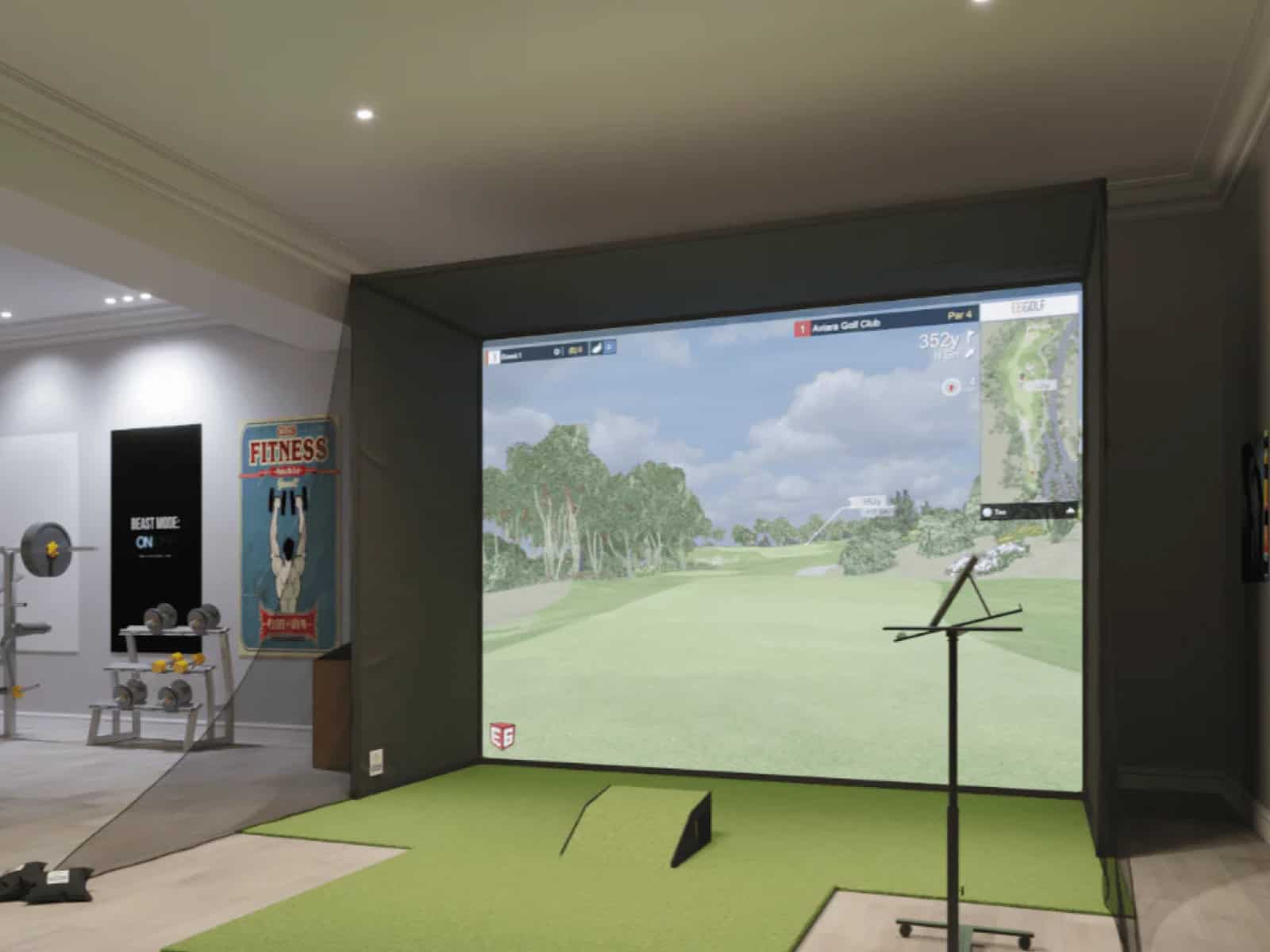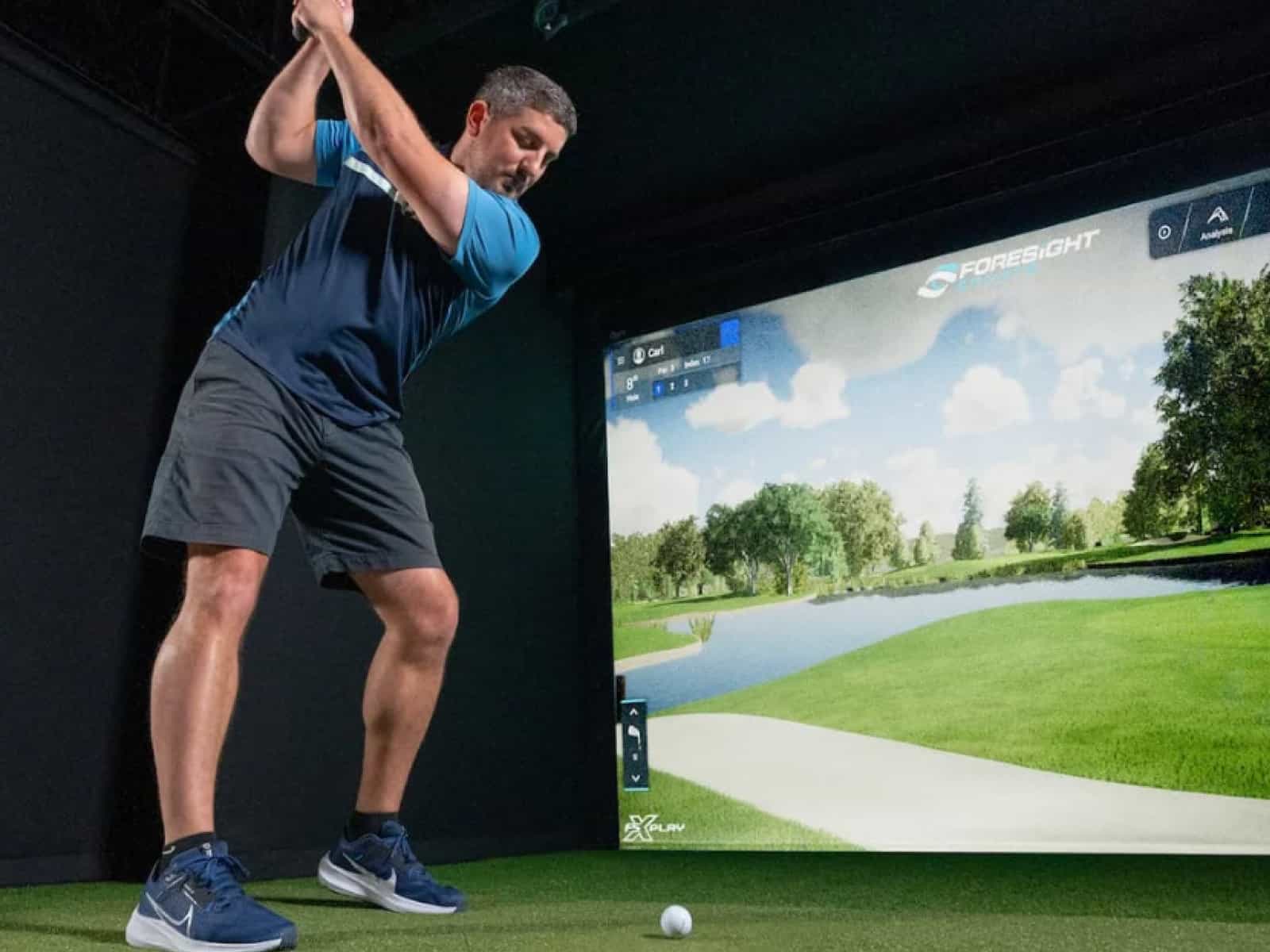Launch monitors have become increasingly popular in recent years, as golfers seek to optimize their shots for greater distance and accuracy.
With the advancement of technology, launch monitors are now readily available on driving ranges across the country – but how accurate are they with range balls?
This article will explore this question by looking at the potential errors that come from using range balls versus tournament-quality golf balls, and whether these differences affect a launch monitor’s ability to accurately measure ball performance.
Further discussion will also cover what factors should be considered when evaluating a launch monitor’s accuracy with range balls.
What Are Launch Monitors?
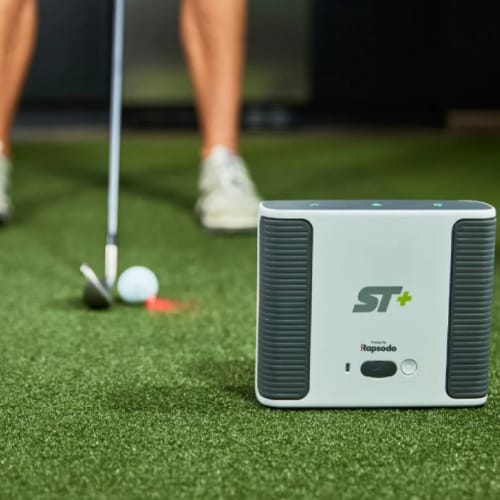
Launch monitors are a technology used to measure golf ball trajectories, spin rates and launch angles. They provide data that can be used by golfers and coaches alike to improve their game. Using the data provided by these devices, players can make adjustments to their technique or equipment accordingly in order to optimize performance.
Check Also: What Is A Golf Launch Monitor And How Does It Work?
Various types of launch monitors exist on the market today such as units from TrackMan, Flightscope and Foresight Sports. All these use advanced Doppler radar and/or photometric technologies to construct 3D images of the golf ball’s flight path and provide detailed analysis of your shots. This helps you understand how different clubs perform throughout your swing so you can correct any errors that could potentially lead to poor shots.
If you’re interested in exploring your options, check out our guide to the top golf launch monitors in the market.
Do Launch Monitors Work With Range Balls?
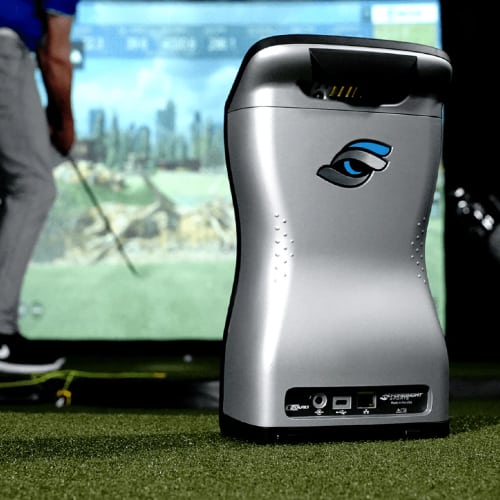
The answer is yes; launch monitors (especially radar-based ones) are capable of recording reliable ball flight information regardless of ball selection.
Although range balls are cheaper than normal golf balls and generally produce slightly different results due to differences in construction and materials, this does not noticeably affect the accuracy of the data collected from launch monitors.
You May Also Like: The 10 Most Accurate Golf Simulators In The Market
Additionally, factors such as environmental conditions and course setup still play an integral part in determining shot outcomes even if range balls are being used instead of standard golf balls. In other words, launch monitor readings remain valid no matter which type of ball is chosen for a given round.
How Do Doppler Radar And Photometric Camera Systems Differ?
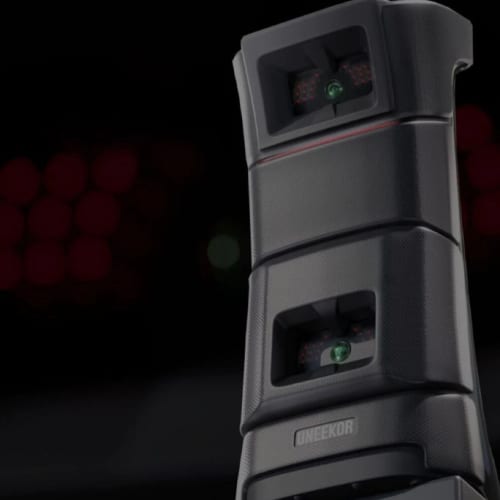
Doppler radar and photometric camera systems both measure ball trajectory, launch angle, clubhead speed, etc. with accuracy when used with range balls, though they do so in different ways.
When using a Doppler radar system to track the performance of range or regular golf balls:
- Data about the ball’s flight path is collected through multiple antennas that send out radio signals and detect their reflections when the ball passes by;
- Clubhead speed is measured as the signal strength between two antennas changes due to the acceleration of the clubhead while swinging;
- Launch angle information is extracted from the frequency shift observed on each antenna’s output signal.
Photometric camera systems use one or multiple cameras to capture high-speed images of golf shots and calculate data points such as launch angle, spin rate, attack angle, and more.
The technology relies on capturing several frames per second at a specific shutter speed so that light can be reflected off of the dimples on the ball’s surface during its flight path – allowing for accurate measurement of shot metrics.
In terms of precision for measuring range and regular golf balls alike, both types of launch monitors offer extremely reliable results that can help players improve their game. However, radar systems perform much better outdoors because they get unlimited flight time to track the ball (but can still be used indoors). Photometric systems are kings when it comes to indoor use (with a simulator); they can still be used outdoors and provide accurate data, but indoor use is their forte.
Analyzing Launch Monitor Accuracy With Range Balls

When analyzing launch monitor accuracy with range balls, it is important to consider several factors. Ball selection, calibration techniques and launch angle are key components of the process that must be taken into account for reliable results.
The following table illustrates how these three factors can affect launch monitor readings when using range balls:
| Factor | Impact on Launch Monitor Readings |
|---|---|
| Ball Selection | Different types of golf ball have unique compression rates which lead to varying spin rate and velocity readings from a launch monitor. |
| Calibration Techniques | If incorrect settings are used during the calibration process, launch monitors may produce inaccurate data. |
| Launch Angle | Incorrect launch angles will cause inaccuracy in flight trajectory estimates due to discrepancies between actual versus simulated conditions. |
It is essential that all variables associated with range balls be properly accounted for in order to ensure accurate measurements by a launch monitor. Careful attention should be paid to ball selection, calibration techniques and launch angle as any inaccuracies could lead to unreliable information being reported by the device.
Improving Accuracy With Range Balls
The accuracy of launch monitors has been at the forefront of golf technology in recent years, but their reliability when using range balls is still questionable.
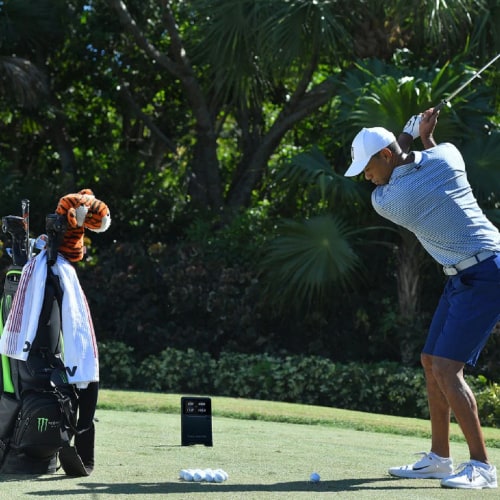
In order to improve the accuracy of these devices with range balls, it’s important to understand some of the factors that affect performance. Ball selection and environmental conditions are two key elements when testing any ball, and club fitting should be taken into account as well.
Ball selection can drastically change how a launch monitor reacts to certain shots. Using higher-quality range balls versus lower-quality ones may result in more accurate readings due to improved feel and spin characteristics.
Additionally, environmental factors such as temperature, humidity, wind speed, and wind direction also need to be considered before utilizing launch monitors on a driving range. If these variables aren’t accounted for properly, inaccurate data may be produced by the device.
Finally, it’s essential to make sure the clubs being tested have been fit correctly; improper lie angles or swing weights will cause discrepancies between shot results and actual performance out on the course.
By understanding how ball selection, environmental conditions and club fitting influence launch monitor accuracy with range balls, you can ensure you’re receiving reliable feedback from your device during practice sessions. This information can then be used to adjust technique accordingly and help you make meaningful improvements on the course.
Conclusion
The accuracy of launch monitors relies heavily upon Doppler radar and photometric camera systems. While Doppler radar does an excellent job at recording measurements with both range balls and tour-quality golf balls, photometric camera systems struggle to accurately track data due to the differences between range balls and tour-quality golf balls.
That’s why we provided tips and advice to help you maximize the accuracy of your launch monitor using range balls, especially if it’s a camera-based system. By following those guidelines, you will be sure that the data gathered by your tracking system is as accurate and useful as possible, regardless of the technology your device uses for tracking.
If you still have any questions about the topic at hand, do not hesitate to contact us; we’ll assist you as well and as fast as we can!

